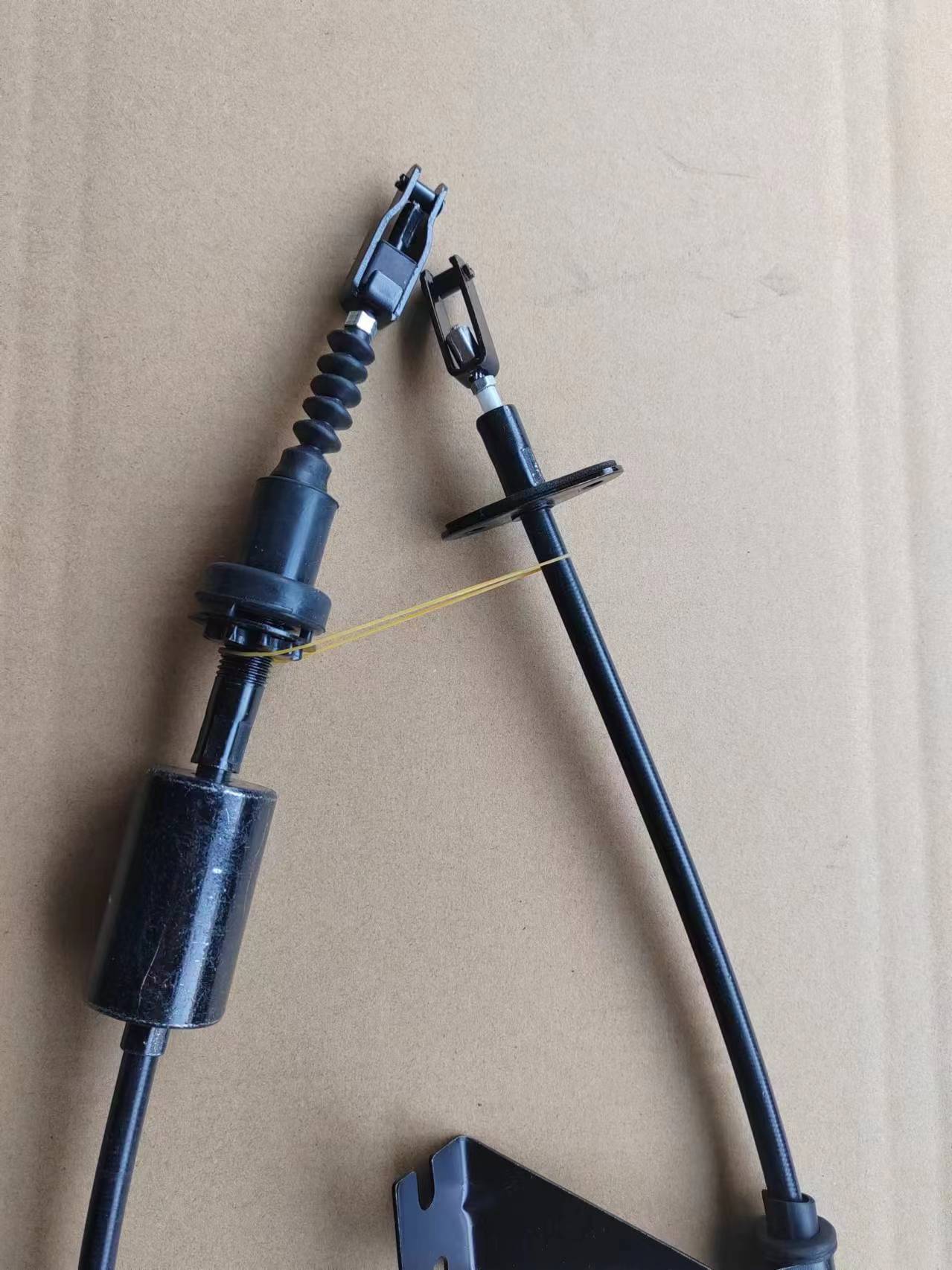throttle cable assembly
Understanding Throttle Cable Assembly A Key Component in Engine Performance
The throttle cable assembly plays a crucial role in the performance and efficiency of internal combustion engines. It is a mechanical linkage that connects the accelerator pedal to the throttle body, allowing the driver to control the amount of air-fuel mixture entering the engine. This seemingly simple system is vital for the optimal operation of the engine and can significantly affect vehicle performance.
Components of Throttle Cable Assembly
A throttle cable assembly typically consists of several key components the throttle cable itself, the sheath, the connection points at both ends, and any necessary adjusters or brackets. The throttle cable is usually made of a durable material, typically wire or a composite, designed to withstand tension and wear over time. The sheath protects the inner cable and reduces friction, allowing for smoother operation. The connection points are where the cable attaches to both the accelerator pedal and the throttle body, ensuring that the driver’s input translates into engine response.
How Throttle Cable Assembly Works
When the driver presses the accelerator pedal, the pedal moves a lever that pulls on the throttle cable. This action pulls the throttle valve open, allowing more air-fuel mixture to enter the engine, which increases power output. Conversely, when the driver releases the pedal, the throttle cable retracts, closing the throttle valve and reducing engine power. This simple yet efficient mechanical system has been a longstanding solution in automotive design, providing immediate feedback to the driver.
Importance of Throttle Cable Assembly in Modern Vehicles
throttle cable assembly

In modern vehicles, throttle cable assemblies have evolved, especially with the rise of electronic throttle control systems. However, many vehicles still utilize traditional cable-operated systems. Reliable throttle cable assemblies ensure responsive acceleration and deceleration, enhancing driving pleasure and safety. A malfunctioning throttle cable can lead to sluggish acceleration, stalling, or even unintended acceleration, creating hazardous driving conditions. Regular inspection and maintenance of the throttle cable assembly can help prevent such issues, making it essential for vehicle safety.
Maintenance and Troubleshooting
To maintain optimal performance, it's essential to inspect the throttle cable assembly regularly for signs of wear, fraying, or corrosion. Look for any stiffness in the operation of the accelerator pedal, which may indicate that the cable or sheath is damaged or dirty. If the cable appears frayed or is not functioning smoothly, it is vital to replace it promptly. Additionally, ensuring that the attachment points are secure and free of debris can prevent common issues associated with throttle cable assemblies.
If a driver experiences irregular engine responses, such as hesitation or unexpected changes in engine speed, it can be an indicator of throttle cable issues. In these cases, diagnostics should include checking the throttle cable assembly for function, ensuring the throttle body is clean and functioning correctly, and confirming that any electronic components are interacting as intended.
Conclusion
The throttle cable assembly may seem like a small part of a vehicle's complex system, but its importance cannot be overstated. It is integral to the vehicle's responsiveness and overall performance. By understanding its mechanics and maintaining its condition, drivers can ensure their vehicles run smoothly and efficiently. Whether you're an automotive enthusiast or a casual driver, knowledge of the throttle cable assembly can enhance your appreciation of your vehicle’s capabilities and the importance of regular maintenance in ensuring optimal performance.
-
Upgrade Your Control with Premium Throttle CablesNewsAug.08,2025
-
Stay in Control with Premium Hand Brake CablesNewsAug.08,2025
-
Experience Unmatched Performance with Our Clutch HosesNewsAug.08,2025
-
Ensure Safety and Reliability with Premium Handbrake CablesNewsAug.08,2025
-
Enhance Your Vehicle with High-Performance Clutch LinesNewsAug.08,2025
-
Elevate Your Ride with Premium Gear CablesNewsAug.08,2025
